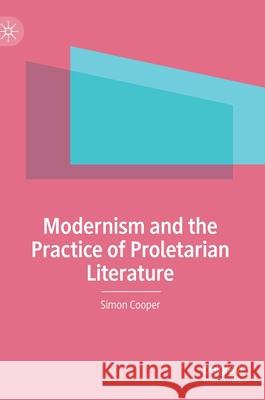Modernism and the Practice of Proletarian Literature » książka
topmenu
Modernism and the Practice of Proletarian Literature
ISBN-13: 9783030351946 / Angielski / Twarda / 2020 / 338 str.
Modernism and the Practice of Proletarian Literature
ISBN-13: 9783030351946 / Angielski / Twarda / 2020 / 338 str.
cena 301,89
(netto: 287,51 VAT: 5%)
Najniższa cena z 30 dni: 289,13
(netto: 287,51 VAT: 5%)
Najniższa cena z 30 dni: 289,13
Termin realizacji zamówienia:
ok. 22 dni roboczych
Dostawa w 2026 r.
ok. 22 dni roboczych
Dostawa w 2026 r.
Darmowa dostawa!
Kategorie:
Kategorie BISAC:
Wydawca:
Palgrave MacMillan
Język:
Angielski
ISBN-13:
9783030351946
Rok wydania:
2020
Wydanie:
2020
Ilość stron:
338
Waga:
0.56 kg
Wymiary:
21.01 x 14.81 x 2.06
Oprawa:
Twarda
Wolumenów:
01
Dodatkowe informacje:
Wydanie ilustrowane











